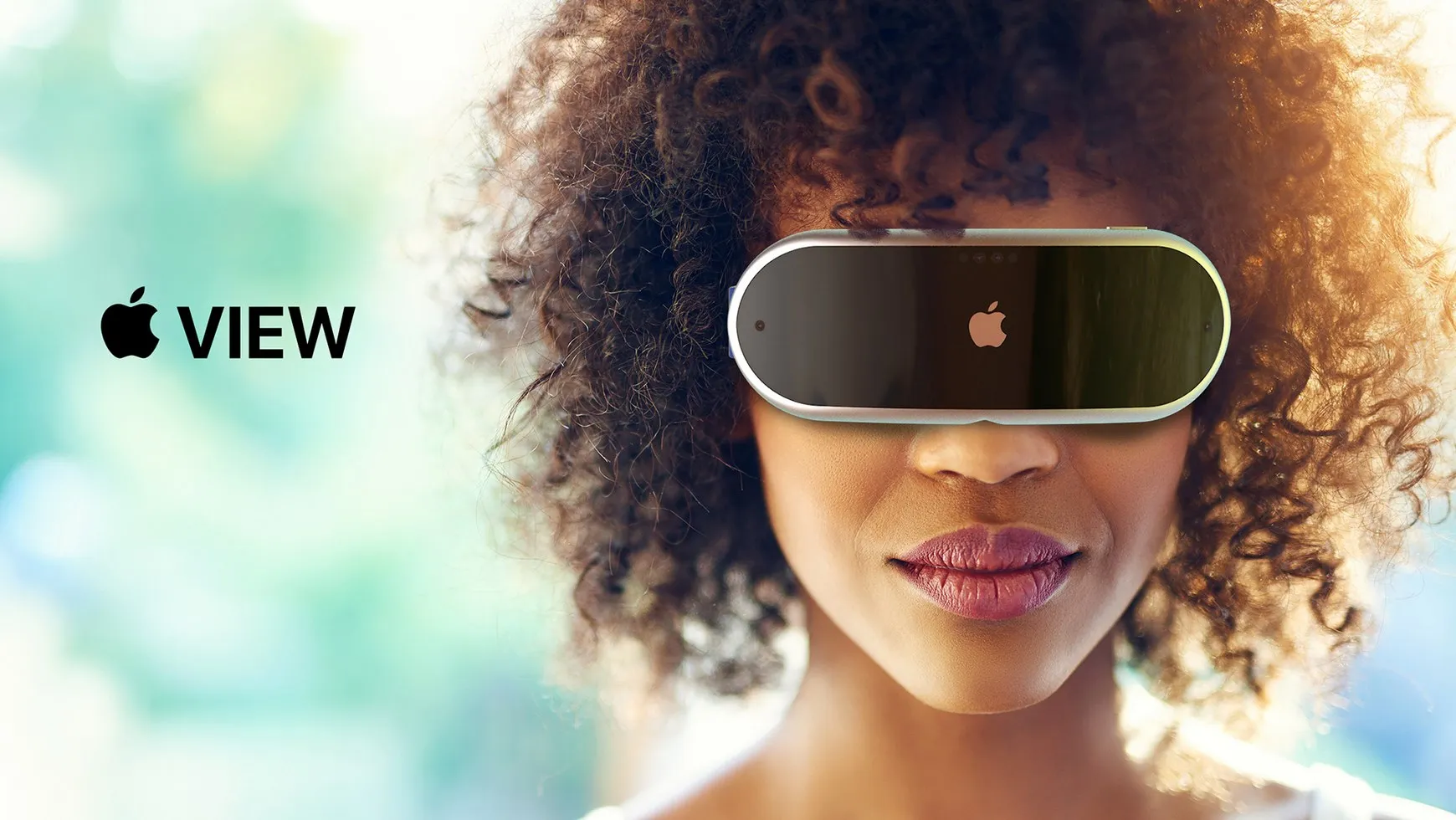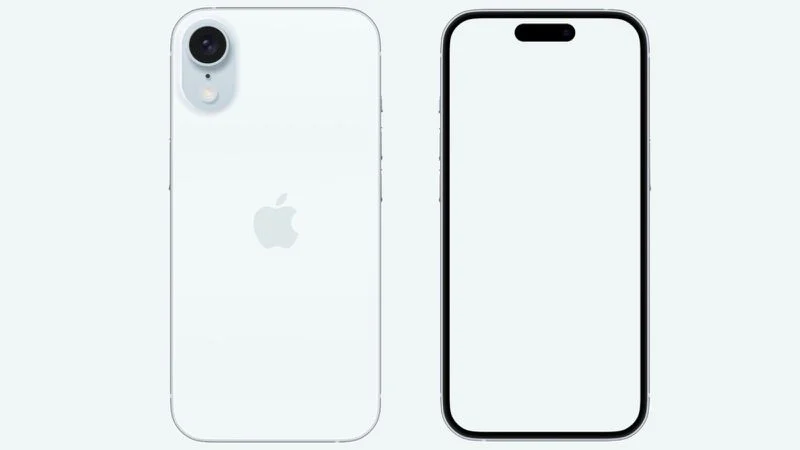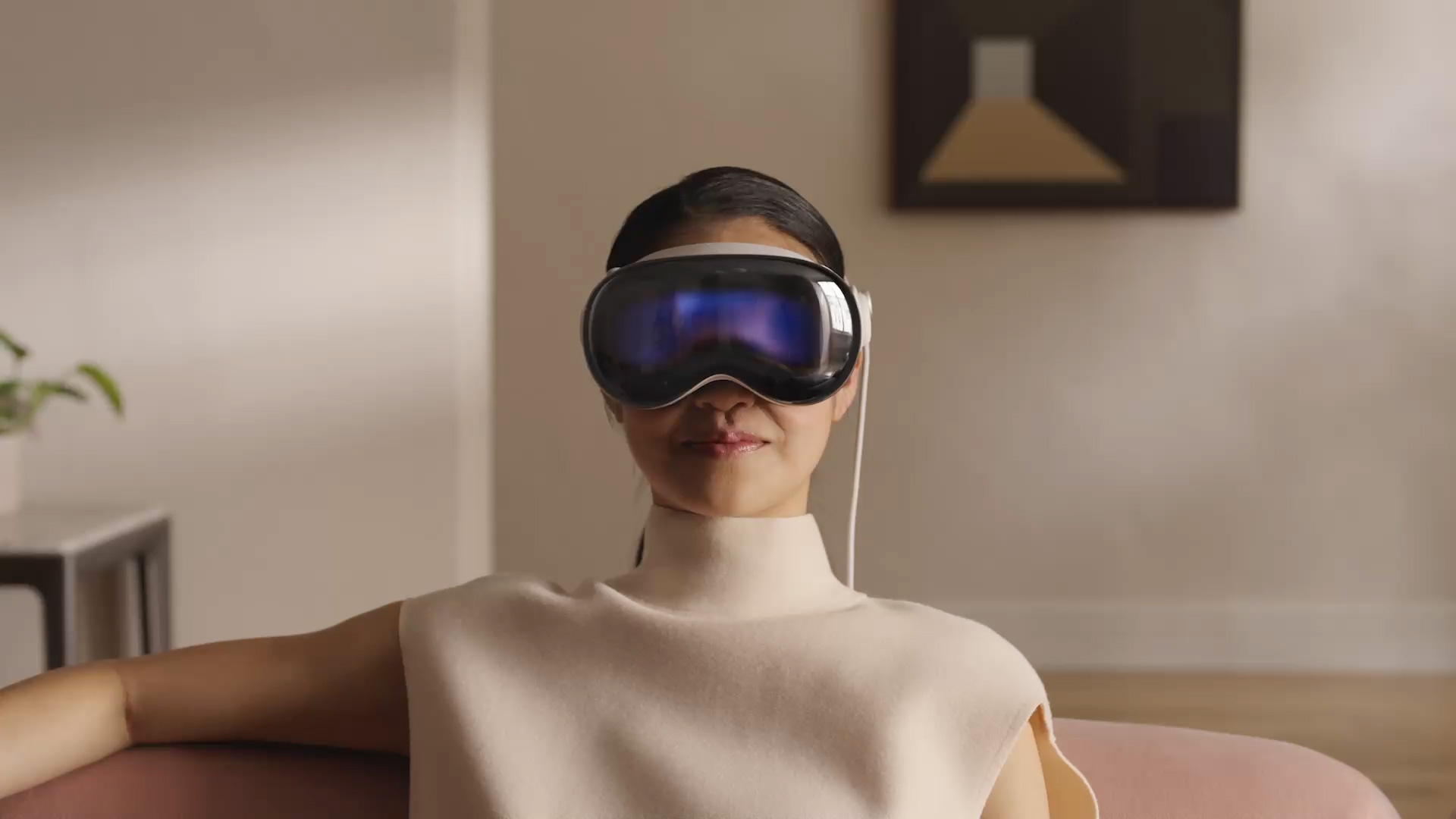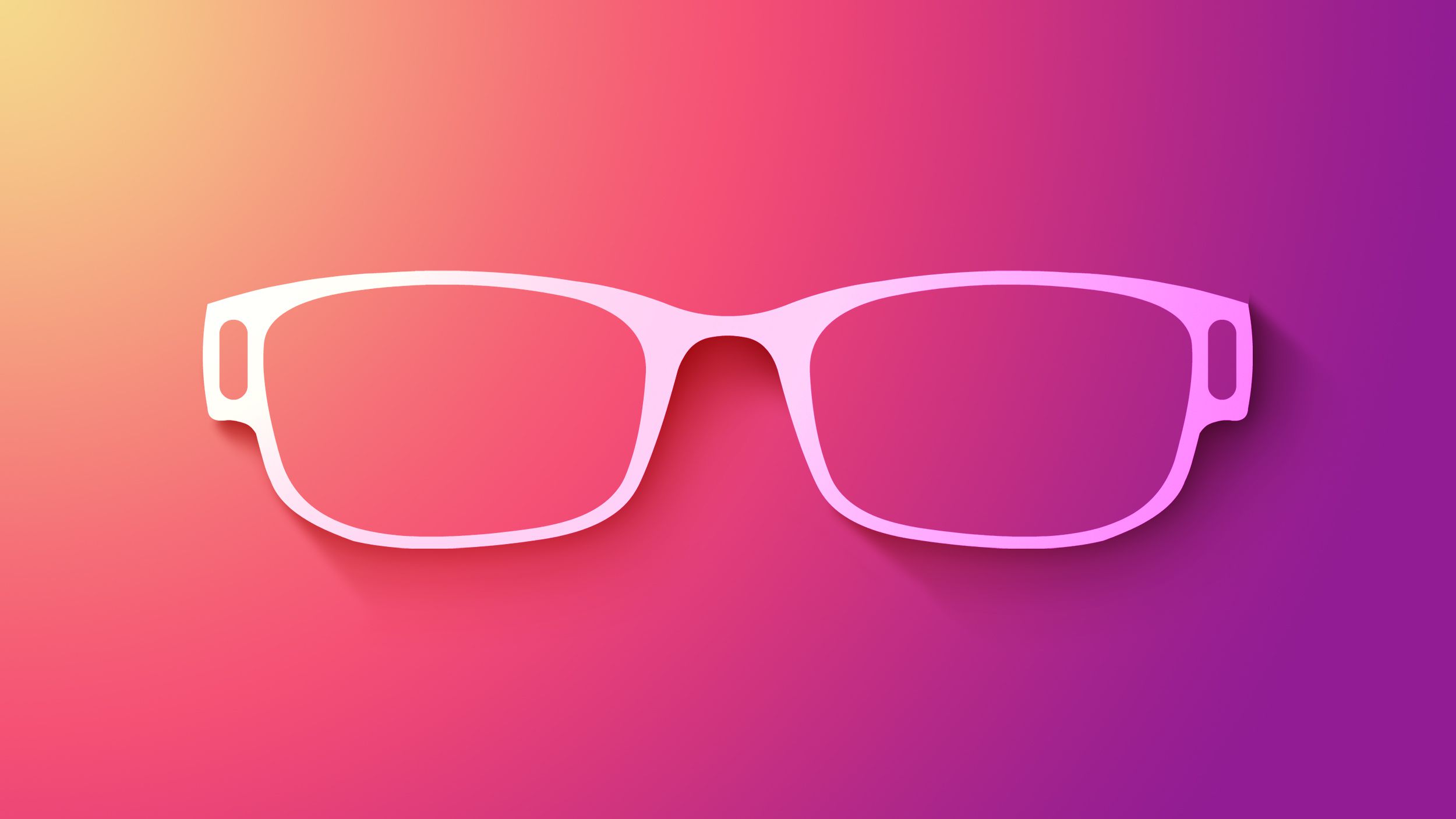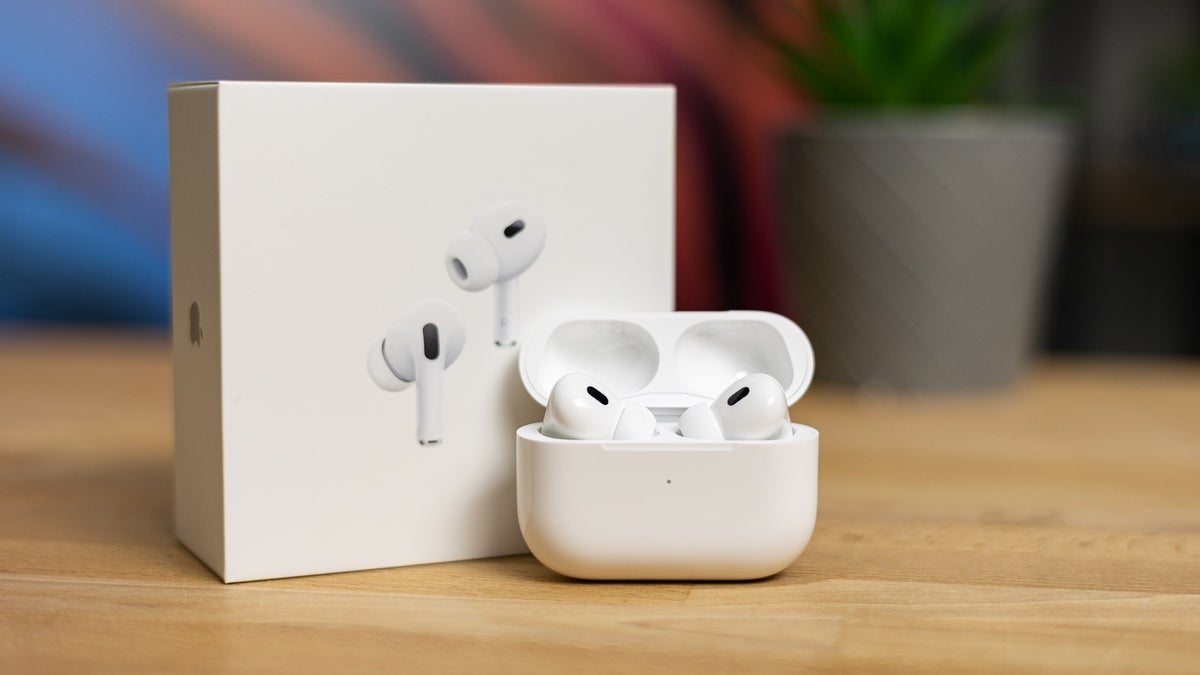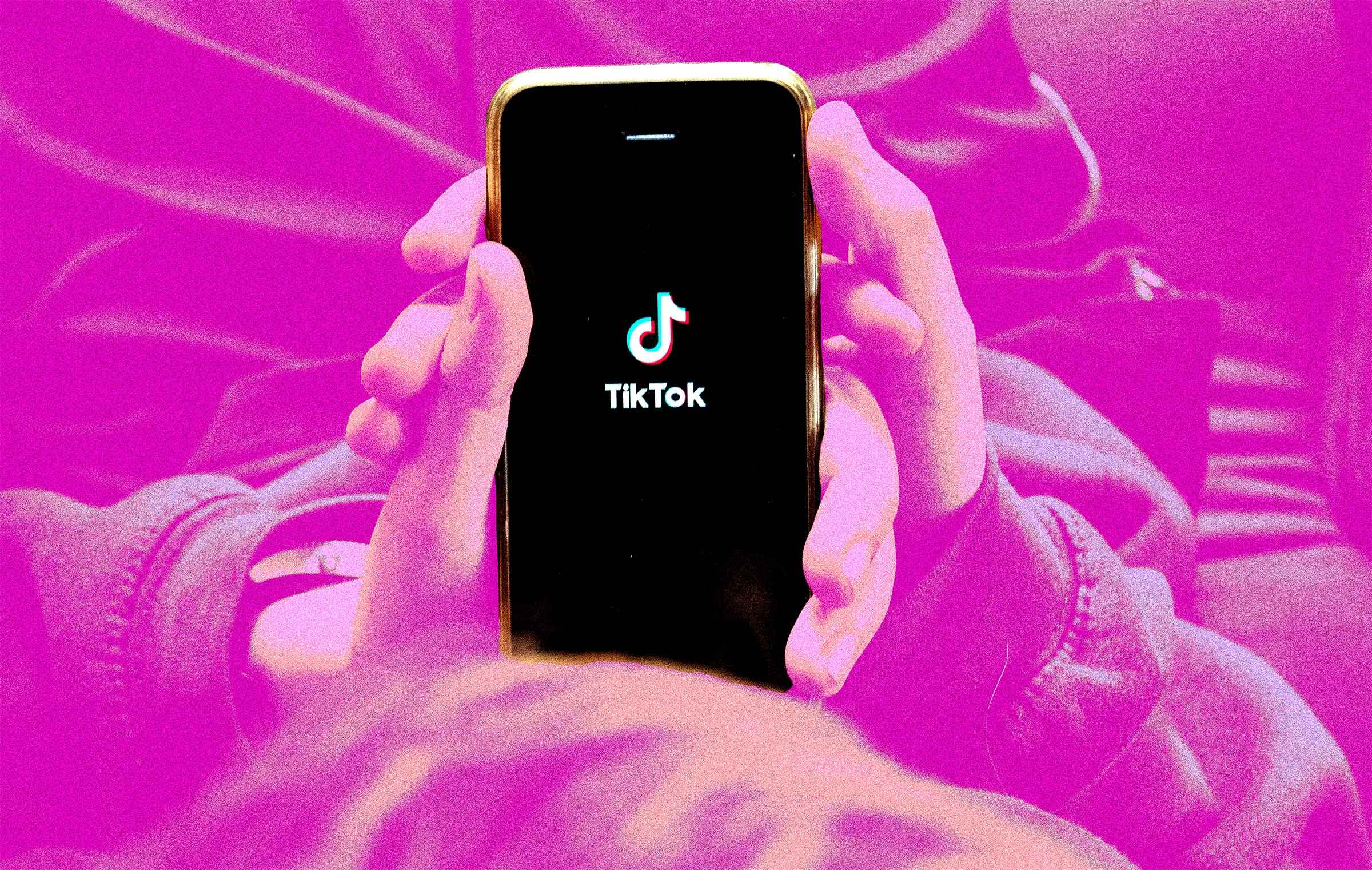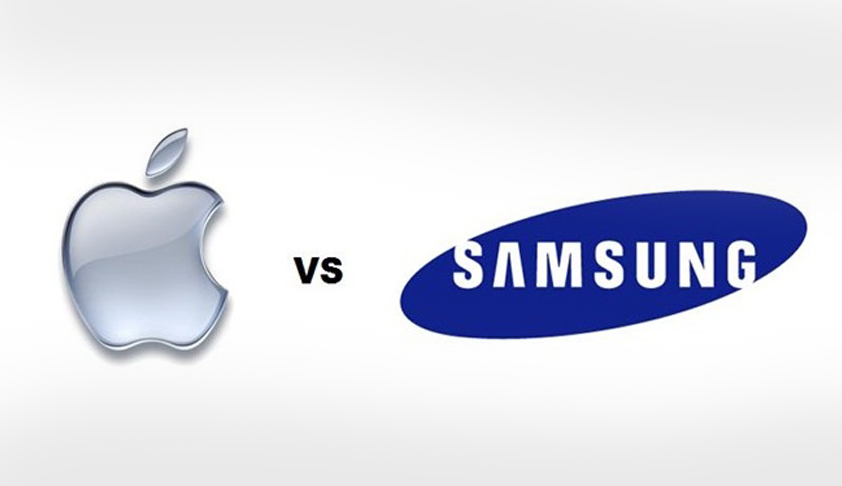Apple has recently updated its AppleCare+ program, shifting the way customers can purchase protection for their devices. According to reports from tech journalist Mark Gurman, Apple is moving away from one-time payment options for AppleCare+ when you buy it in stores or directly from your device.
Now, if you want AppleCare+ for your iPhone or other Apple products, you’ll mostly have to opt for a subscription plan that charges you either monthly or yearly. For instance, for an iPhone 16 Pro, a monthly subscription would cost you $13.99, while the previous option to pay $269 for two years upfront is no longer available in physical stores or through the device’s settings.
Apple’s customer service representatives are now telling customers that this switch to subscriptions helps reduce the initial cost of protection and makes sure there’s no break in coverage. This change also pushes customers towards the more comprehensive Theft and Loss plans, where you can replace a lost device for a fee.
From now on, the primary way to get AppleCare+ is through these subscription models. However, there’s a small exception: if you’re buying your product online from the Apple Store, you can still choose to pay for AppleCare+ in one go during the checkout process.
For those looking at annual subscriptions, there’s a bit of a saving. For example, AppleCare+ for the Vision Pro can be $24.99 per month or $249 if you pay for the whole year.
So, if you prefer not to deal with monthly or yearly payments, your only option is to purchase your device and AppleCare+ together online. Otherwise, in physical Apple Stores or via your device’s settings, subscriptions are the way to go.

